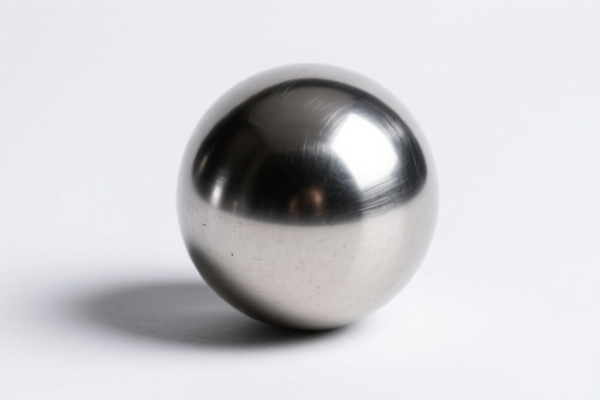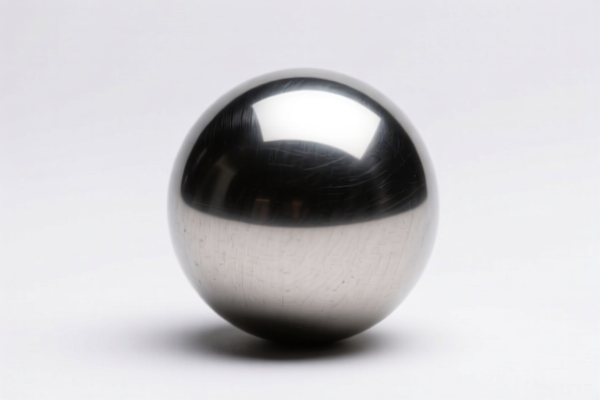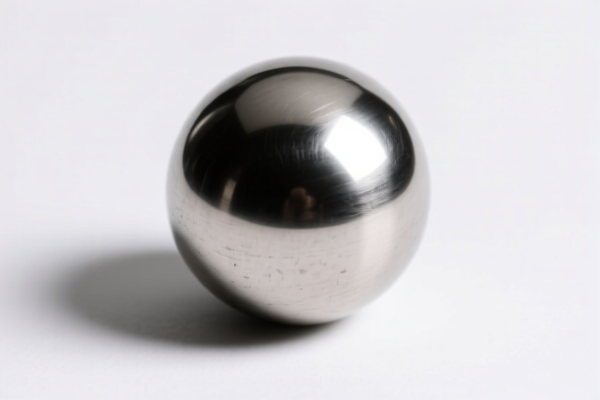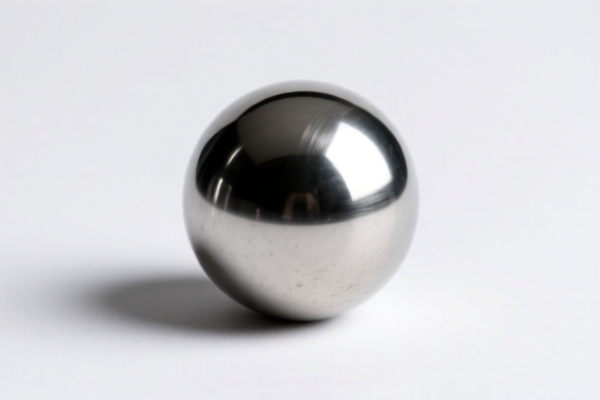| HS Code | Official Doc | Tariff Rate | Origin | Destination | Effective Date |
|---|---|---|---|---|---|
| 3926901000 | Doc | 40.9% | CN | US | 2025-05-12 |
| 3926901000 | Doc | 40.9% | CN | US | 2025-05-12 |
| 3924104000 | Doc | 33.4% | CN | US | 2025-05-12 |
| 3924905650 | Doc | 40.9% | CN | US | 2025-05-12 |
| 6307101020 | Doc | 41.6% | CN | US | 2025-05-12 |
| 6307101090 | Doc | 41.6% | CN | US | 2025-05-12 |
| 6304996040 | Doc | 33.2% | CN | US | 2025-05-12 |
| 6304920000 | Doc | 36.3% | CN | US | 2025-05-12 |




Cleaning Ball
A cleaning ball is a generally spherical implement used for cleaning various surfaces. Its composition, function, and specific application vary widely, resulting in numerous types.
Material
Cleaning balls are manufactured from a diverse range of materials, selected based on the intended cleaning task and surface type. Common materials include:
- Rubber: Often used for general purpose cleaning, offering flexibility and grip. May be natural or synthetic.
- Foam: Typically polyurethane or melamine foam. Melamine foam (often marketed as "magic erasers") possesses micro-abrasive properties effective for removing scuffs and stains.
- Wool: Used for polishing and dusting, particularly on delicate surfaces.
- Metal (Steel, Copper, Brass): Used for aggressive cleaning, rust removal, and polishing. Steel wool exists in various grades of coarseness.
- Plastic (Polypropylene, PVC): Used in dryer balls for softening laundry and reducing static cling, or as components in scrubbing balls.
- Acrylic Fiber: Often used in lint rollers and for dusting.
- Combined Materials: Many cleaning balls incorporate multiple materials for enhanced performance. For example, a ball may have a rubber exterior with an abrasive interior.
Purpose
The primary purpose of a cleaning ball is to remove dirt, dust, grime, stains, or other unwanted substances from a surface. Specific purposes include:
- General Cleaning: Removing everyday dirt and dust from floors, walls, and furniture.
- Scrubbing: Removing stubborn stains, grease, and grime.
- Polishing: Restoring shine to surfaces like wood, metal, or plastic.
- Laundry: Softening fabrics, reducing static cling, and shortening drying times.
- Rust Removal: Eliminating rust from metal surfaces.
- Dusting: Removing dust from delicate surfaces.
Function
Cleaning balls function through a combination of mechanical action, abrasive properties, and, in some cases, chemical action.
- Mechanical Action: Physical scrubbing or rolling action dislodges dirt and debris.
- Abrasive Properties: Materials like steel wool or melamine foam contain microscopic abrasive particles that lift stains and grime.
- Chemical Action: Some cleaning balls are pre-treated with cleaning agents or are designed to be used with cleaning solutions.
- Impact & Separation: Dryer balls use physical impact to separate laundry items, improving airflow and reducing drying time.
Usage Scenarios
- Household Cleaning: Floors, kitchens, bathrooms, furniture.
- Automotive Detailing: Cleaning and polishing vehicle surfaces.
- Laundry: Washing machines and dryers.
- Industrial Cleaning: Removing grease, oil, and other contaminants from machinery and equipment.
- Crafts & Hobbies: Polishing jewelry or cleaning delicate items.
Common Types
- Rubber Cleaning Balls: Versatile for general cleaning, often used with a handle or as part of a cleaning system.
- Magic Erasers (Melamine Foam): Effective for removing scuffs, stains, and marks from walls and other surfaces.
- Dryer Balls: Typically made of wool or plastic, used to soften laundry and reduce drying time.
- Steel Wool: Available in various grades for aggressive cleaning, rust removal, and polishing.
- Polishing Balls: Used with polishing compounds to restore shine to metal, wood, or plastic surfaces.
- Lint Rollers: Adhesive balls or cylinders used to remove lint, dust, and pet hair from fabrics.
- Scrubbing Balls: Often made of plastic or foam with an abrasive interior for removing stubborn stains.
- Pet Hair Removal Balls: Designed with a textured surface to attract and collect pet hair.
Based on the provided information, the following HS codes may be relevant to “cleaning ball”:
- 6307101020: Other made up articles, including dress patterns: Floorcloths, dishcloths, dusters and similar cleaning cloths: Dustcloths, mop cloths and polishing cloths, of cotton. This code covers dustcloths, mop cloths, and polishing cloths made of cotton, and specifically mentions bar mops (measuring 46 to 57 centimeters in length and 38 to 43 centimeters in width) of terry fabric. A cleaning ball made of cotton could fall under this classification.
- 6307101090: Other made up articles, including dress patterns: Floorcloths, dishcloths, dusters and similar cleaning cloths: Dustcloths, mop cloths and polishing cloths, of cotton Other. This code also covers dustcloths, mop cloths, and polishing cloths made of cotton, but refers to "Other" types not specifically mentioned in 6307101020. If the cleaning ball is made of cotton and doesn’t meet the dimensions specified in 6307101020, it could be classified here.
Regarding HS codes 6307101020 and 6307101090, please note that both relate to cleaning cloths made of cotton. The distinction lies in the specific dimensions and fabric type.
According to the provided reference material, the HS code options related to 'cleaning ball' are limited, with only the following 2 found.
Customer Reviews
No reviews yet.